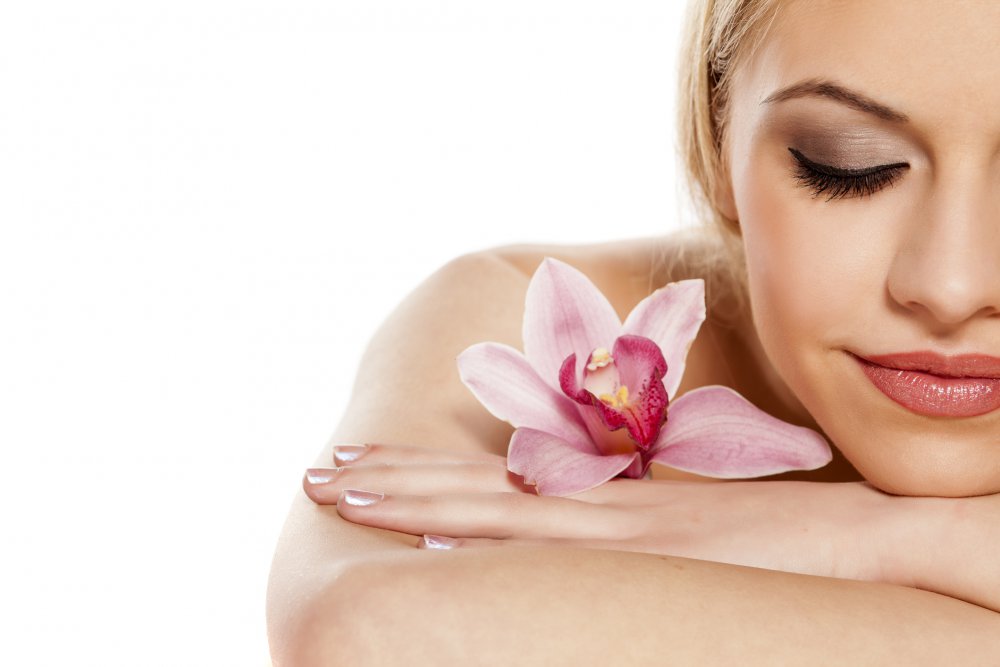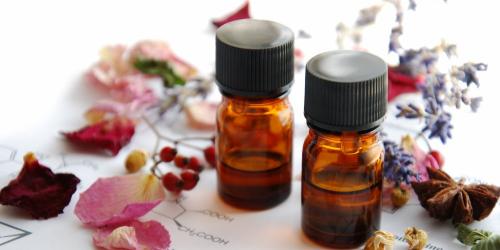Cosmetics more safe for the environment and for our health, we say yes! More and more brands now offer vegan, organic products, parabens, ... but some also play on ambiguities. Our advice to no longer be had.
What the law says ?
First thing to know: the list of components must appear on the packaging or containers of cosmetics. And as it is a European regulation, the terms used to speak about a component must be the same regardless of the country in which you buy your products. Convenient ! Ingredients appear in descending order (from the present to the lesser), except for substances that account for less than 1%. They can be mentioned in bulk.
What is this strange name compound?
It is not always easy to sort out what is natural and what is chemical. To find one's bearings, one learns to distinguish the main natural ingredients that creep into our cosmetics. They can be classified into three categories: excipients, active ingredients and auxiliary substances.
- Excipients: it is the base of the product and they represent 80 to 90% of its composition. In natural cosmetics, the excipients are mostly of plant origin. We are talking here about oils (sweet almond, avocado, argan, jojoba ...), butters (cocoa, shea butter ...), waxes, clays (white, green ...)
- Active ingredients: they are the motors of the effectiveness of a product on a specific problem (acne, cellulite, etc.). Here, it is often essential oils (tea tree, lemon, lavender, lemon eucalyptus, palmarosa ...), floral waters (cornflower, orange blossom, jasmine, linden ...), plant extracts (oats, bamboo, calendula, pomegranate ...) but also products such as honey, royal jelly, brewer's yeast, hyaluronic acid etc. their name is often given in Latin.
- Auxiliary ingredients: they are mostly used to perfume, color and preserve the cosmetic product. In natural products, there may be tonka, tuberose, coconut, apricot, caramel, red ocher or floral essences. On the conservative side, they are not essential but are used so that the products can last in time. Natural preservatives include calendula tincture or vitamin E.
Want to know more about natural cosmetics? We read Naturo Beauté, buy well natural cosmetics and 50 recipes to do yourself, by Nathalie Grosrey Editions Albin Michel, 12,90 €




